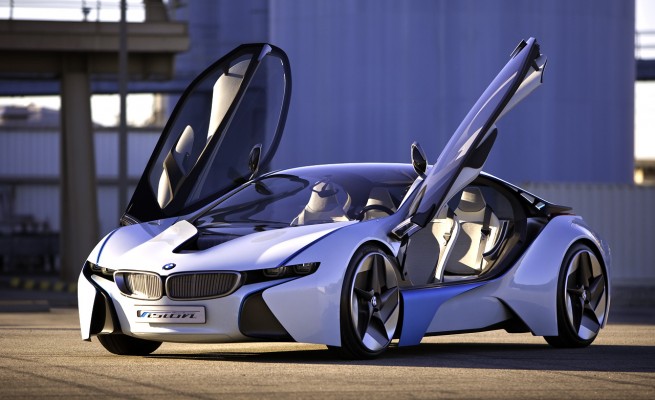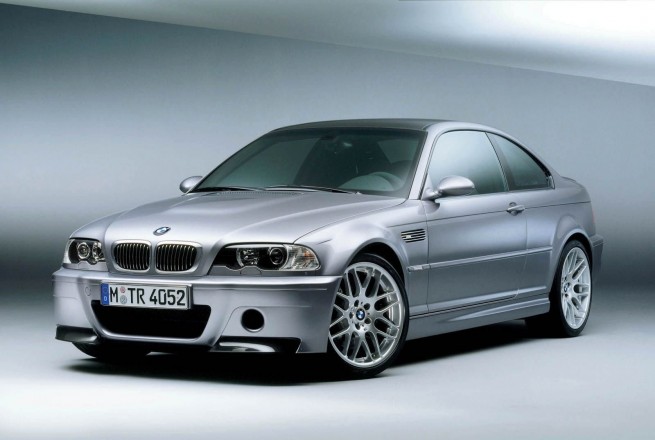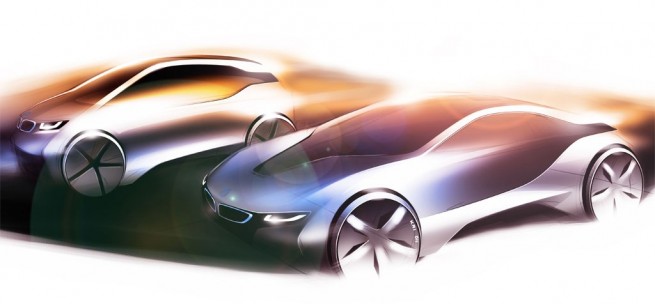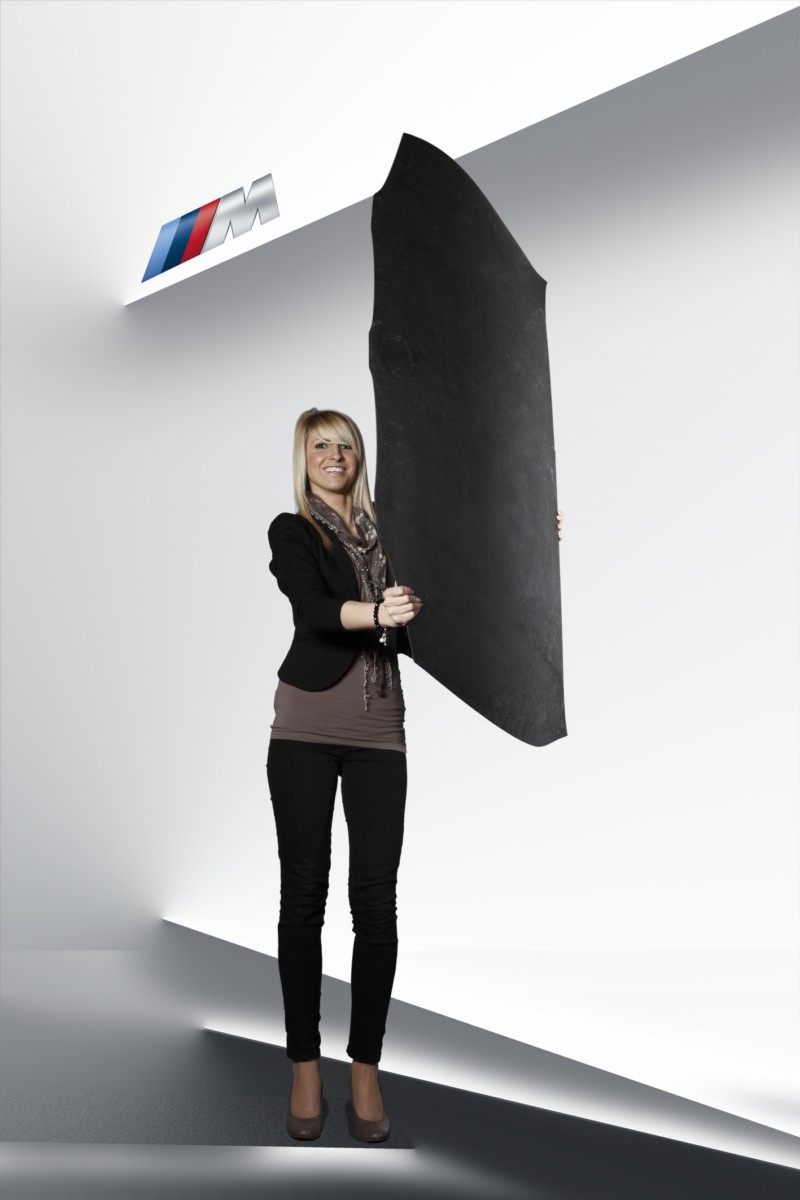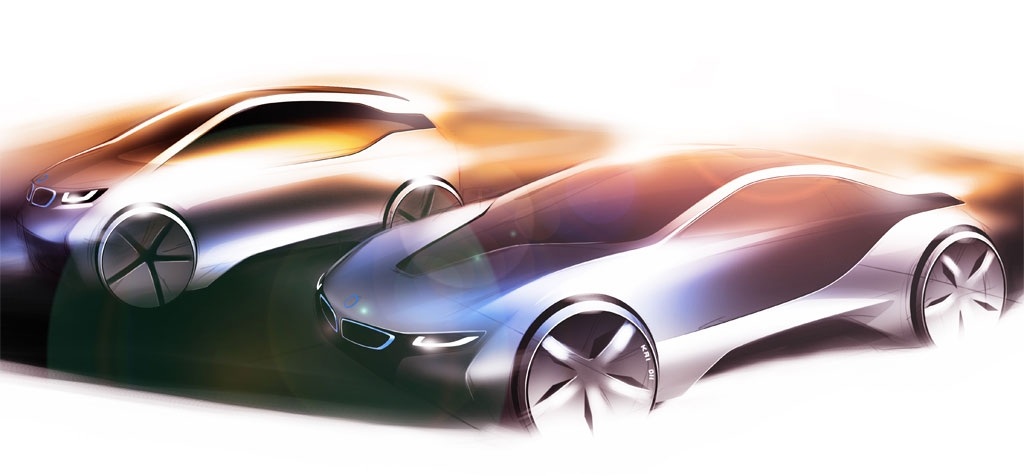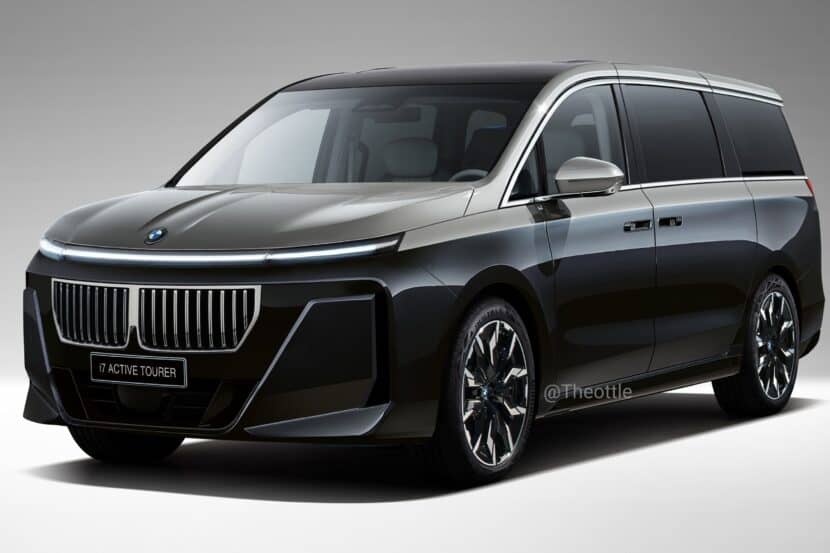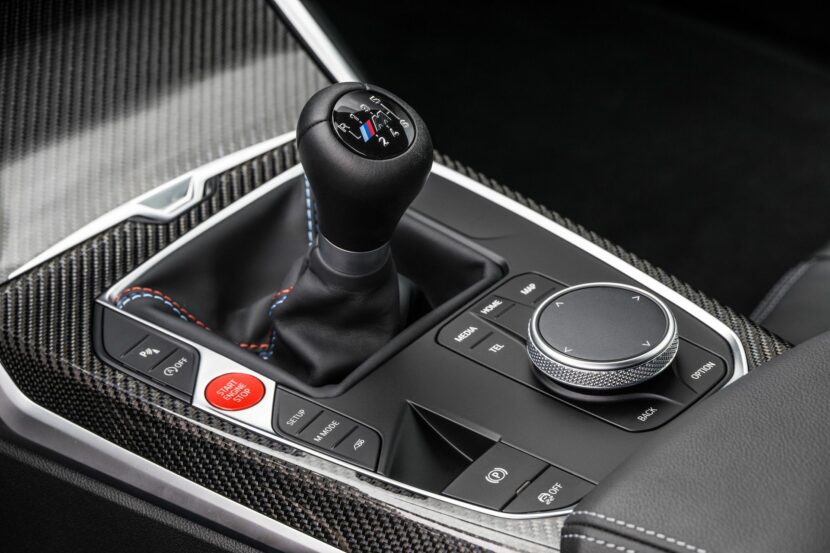Exploring the focus towards carbon in all of its applications within BMW and on the global stage.
Carbon. The 6th most abundant element in our galaxy. More and more we hear about its uses and innovative applications that move us forward into a lighter, stronger and more efficient future. Enter, carbon fiber. Looking back, the industries likely to utilize this wonder material were the aerospace industry and top end motor racing such as Formula 1. This is no longer the case.
Today, we see it being applied to everything from automobiles, to cell phone cases, to wheels and braking systems and even golf clubs. The explosive use of carbon fiber and its applications has, in my opinion, paved the way for the next step in the successful use of new automotive materials and BMW is leading the way.
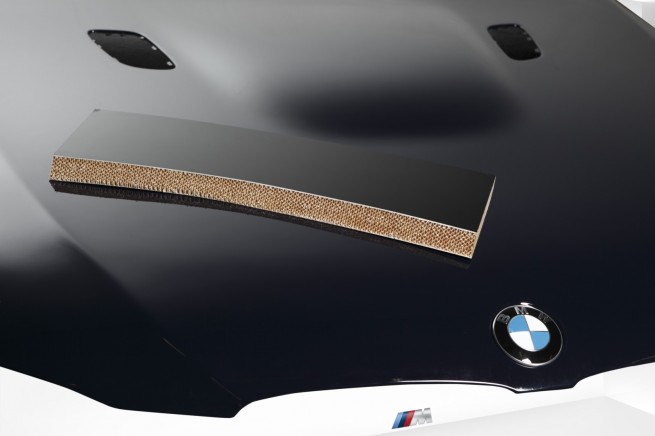 Sticking to the carbon theme, we’ve also been hearing the term “Carbon Footprint” often being used by companies, governments and spokespeople from all over the world. Global warming supporters and those who dismiss it also talk about it. Forums and conventions are held throughout the world in order to address it and specialists as well as scientists mention it day in and day out in the news. A carbon footprint is the amount of carbon dioxide (CO2) that is emitted in any one-year period and companies as well as governments are trying hard to lower that number by as much as they can for several reasons. One reason, many believe, is that global warming is the direct result of rampant, uncontrolled CO2 emissions.
Sticking to the carbon theme, we’ve also been hearing the term “Carbon Footprint” often being used by companies, governments and spokespeople from all over the world. Global warming supporters and those who dismiss it also talk about it. Forums and conventions are held throughout the world in order to address it and specialists as well as scientists mention it day in and day out in the news. A carbon footprint is the amount of carbon dioxide (CO2) that is emitted in any one-year period and companies as well as governments are trying hard to lower that number by as much as they can for several reasons. One reason, many believe, is that global warming is the direct result of rampant, uncontrolled CO2 emissions.
Other reasons include marketing purposes and being able to claim that you as a company are a “green” manufacturer that actively tries to minimize the carbon footprint that you leave behind and therefore promote a sustainable business operation that is environmentally conscious. Regardless of the reasons behind it, regardless whether you believe in global warming or not, one thing is for sure: this is a hot topic that spans the globe and deserves further exploration since it has the potential to affect every one of us.
Recently I had the opportunity to attend the 2011 edition of the World Foresight Forum held in The Hague, The Netherlands. This yearly event brings together industry leading companies, scientists, inventors, diplomats, academicians, spokespeople and students and provides the opportunity for them to discuss the burning issues of our time with regards to energy solutions, economic concerns, political matters, cyber security and future developments in several fields. One issue in particular kept appearing over and over again: climate change and intelligent, sustainable energy.
How is BMW involved in all of this? What is the driving force behind these developments? What does the future hold in store for the automotive industry and how will this affect us as drivers?
Stricter emissions regulations and tighter control over the CO2 output of automobile manufacturers have forced companies to rethink their business plan for the future and consequently the design of their cars. As I mentioned in my previous article “Braking Systems And You” consumers demand luxury, power, speed and safety in their vehicles, all of which add to the total weight of our cars.
With that in mind, we can then argue that moving from a steel-based body construction to a carbon fiber one is a step in the right direction since when it comes to lightweight vehicle materials, carbon fiber reinforced plastic (or CFRP) is at least as strong as steel yet around 50% lighter. (In comparison, aluminum is 30% lighter than steel for the same strength). So reducing the overall weight of a vehicle through the intelligent use of CFRP means that the engine doesn’t have to be as massive nor produce as much power in order to provide a high performance driving experience. Reduced weight coupled with smaller more efficient engines equals performance gain.
We’ve seen BMW utilize carbon fiber in the past during their Formula 1 days and other competitive motorsports racing, so they have the “know how” and we’ve seen BMW incorporate it in their road cars as well. Examples are the E-46 M3 CSL, the E-63 M6 and the E-90/92 M3. With the strategic partnership between BMW and the carbon fiber experts at SGL Group, we are looking at a very carbon-like future indeed. And to drive this point even further home, more examples can be seen in the China specific M3 Carbon Edition, M3 CRT (Carbon Racing Technology) and the M3 GTS which all utilize carbon fiber extensively.
The most significant development to be born of the new partnership between BMW and SGL Group is the new BMW i brand which includes the i3 MegaCity Vehicle and the i8 Vision Dynamics supercar. These are, in my opinion, the first generation of what the future of mobility will look like… or the equivalent of what the Wright Brothers with their Wright Flyer were to the aviation industry. Since cost also plays a major role in the development and introduction of new concepts and designs, I believe that BMW is bridging the gap with regards to the cost/benefit factor.
Titanium started to gain popularity when it started to be used in top secret U.S. Air Force projects such as the SR-71 Blackbird. It was and still is an exotic and rare material that was used because of its unique properties and because of the fact that it could withstand the heat generated by the air friction as the result of high-speed supersonic flight. Today it’s also used in the operating room in the form of hip joint replacement and other special and unique circumstances. Rare and exclusive uses indeed, not to mention very expensive as a result and very difficult to work with. Today however, you can purchase titanium watches, rings, earrings, exhaust systems and sun glasses. The cost has gone down. The same can be said about carbon fiber. Through the invention of more efficient, cheaper production processes and faster time to market, carbon fiber prices will come down as well.
Regardless of the reasons behind the explosive use of carbon fiber, be it attributed to better, more efficient manufacturing processes, governmental pressures, ecological dangers or the push for innovation, BMW is investing heavily in this material and they are leading the way in efficient motoring because of it. BMW’s EfficientDynamics philosophy is the driving force behind all of this change. Because of the EfficientDynamics program, BMW has seen efficiency rise in almost all sectors from the reduction of weight thanks to parts and panels constructed out of CFRP to engine start-stop technology, to electric systems replacing traditional belt driven ones and even brake energy recovery systems that convert the energy usually lost during braking into useful power.
With all this in mind however, BMW is taking a gamble with this decision and they risk alienating and even losing some fans of the brand. Our own Andrew Murphy wrote a fascinating piece on the disappearance of the Big Six engines that, in my opinion sustained BMW between the 90’s all the way up through to 2005 and that is no small feat. However, change is never really easy to accept and when the Bangle design era started, some fans thought that it was too much and left the brand while others praised the new design language. The introduction of efficient turbo technology was also not welcomed by everyone and even the coveted M Division of the BMW Group adopted the forced induction approach resulting in the TwinPower Turbo 4.4 liter engine that’s currently powering the new F10 M5 as well as the X5 and X6M.
Leading the way is never easy. You are always open to being labeled and judged either by traditionalists who hate change or competitors who hate to see you grow. However, even worse is remaining still and stagnating the development of new, fresh designs and technical breakthroughs. Thankfully, BMW knows this and they are leading and paving the way in future tech, propulsion and construction in the automotive industry. The world needs new ideas and innovative concepts and unless individuals and companies are willing to push the envelope and invest in the future, we will never experience breakthroughs and growth.
We as auto enthusiasts can either accept and embrace this Carbon Future with all of its technological advancements, obvious benefits and improvements or we can elect to remain traditionalists and label these changes as a fad that will hopefully cease to exist in the near future. Just remember, our decisions today will affect not only our future, but also the future of the next generation and those who will follow in our footsteps.
Personally, I wouldn’t want to have to crank start my car, nor ride on wooden wheels so I am grateful for innovation and a supporter of moving forward. And at the end of the day, isn’t efficiency and a cleaner future a good thing especially when it promises more exciting driving experiences, lower operating costs and a reduced carbon footprint wrapped up in exciting new designs?
The future looks promising, involves the use of innovative materials and utilizes interesting propulsion systems. Emissions regulations keep getting stricter and companies must figure out how they will respond to these challenges. As drivers, whether we are pro change or anti, whether we embrace this carbon future or not, whether we evolve to the new platform or elect to look towards the past for our vehicular acquisitions…at least we will have a larger palette of options and no one can say that forward thinking companies didn’t try.
Happy motoring!
For more information on BMW’s new i3 and i8 models as well their use of carbon fiber check out http://www.bmw-i-usa.com


